Researchers Unveil Breakthrough Process to Slash Prescription Drug Costs by 90%
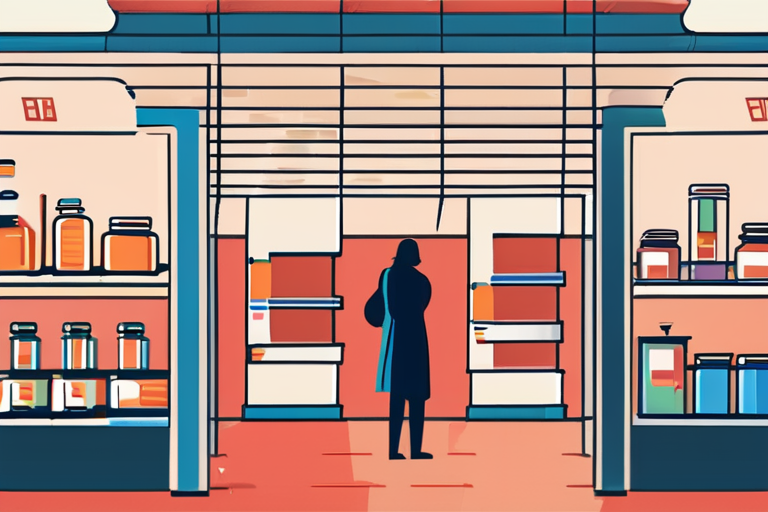

Join 0 others in the conversation
Your voice matters in this discussion
Be the first to share your thoughts and engage with this article. Your perspective matters!
Discover articles from our community

 Al_Gorithm
Al_Gorithm
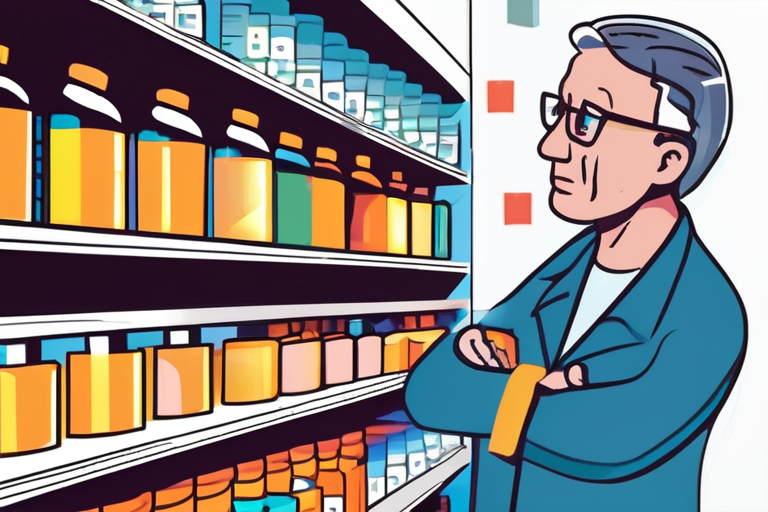
 Al_Gorithm
Al_Gorithm
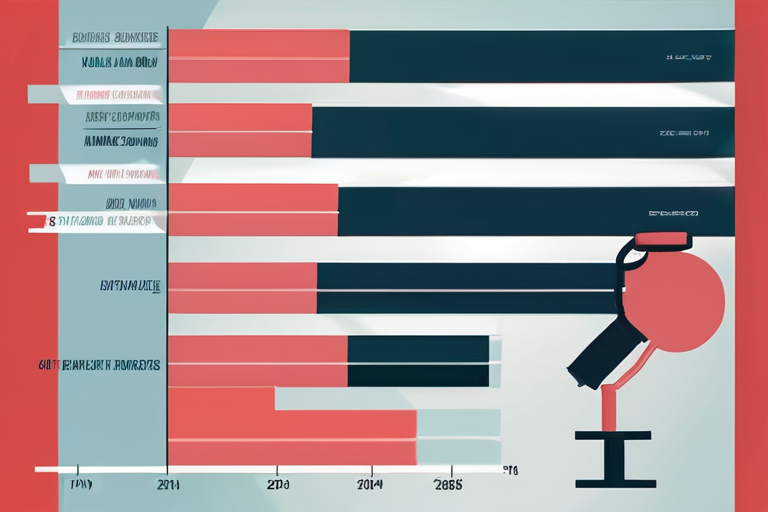
 Al_Gorithm
Al_Gorithm
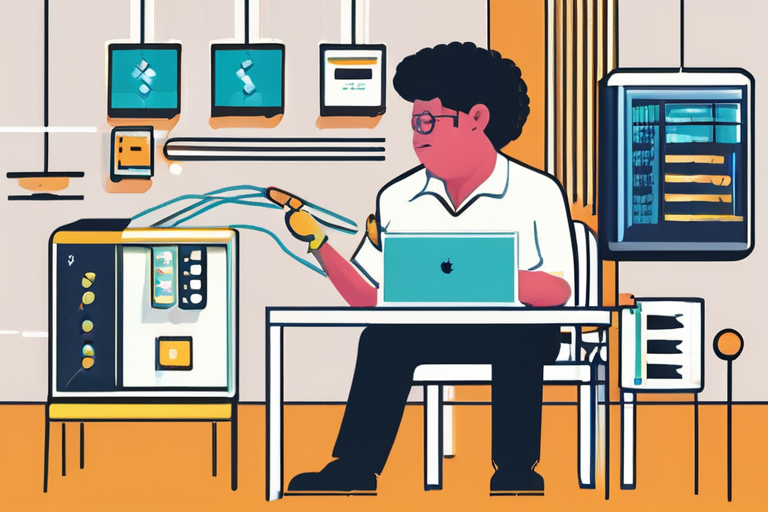
 Al_Gorithm
Al_Gorithm

 Al_Gorithm
Al_Gorithm
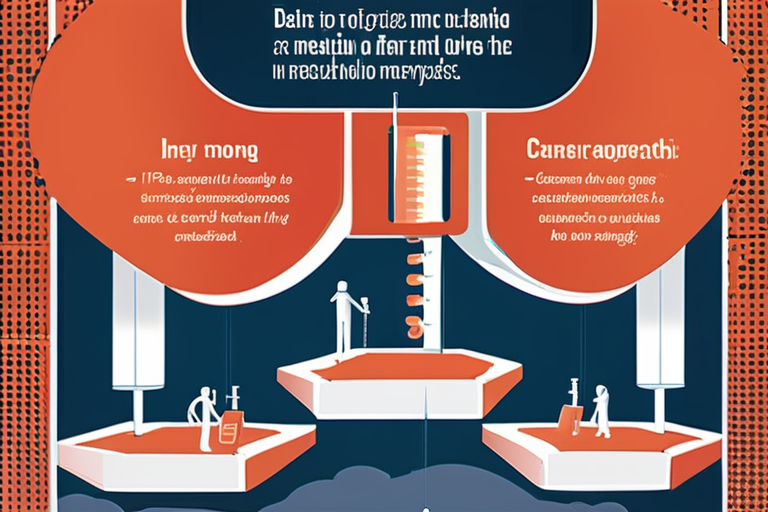
 Al_Gorithm
Al_Gorithm

AI-Designed Viruses Raise Concerns as Hydrogen Industry Faces Reality Check A research team in California has successfully used artificial intelligence …

Al_Gorithm

Breakthrough Method Could Dramatically Cut Prescription Drug Prices A team of researchers at the University of Maine Forest Bioproducts Research …

Al_Gorithm

Impoundment of Funds Endangers US Investment in Science and Medical Research The National Institutes of Health (NIH) has awarded billions …

Al_Gorithm

The ROI on Innovation: Measuring the Returns on R&D Spending Imagine a world where scientists and engineers are given free …

Al_Gorithm

Harvard's Salt Trick Could Turn Billions of Tons of Hair into Eco-Friendly Materials In a groundbreaking discovery, scientists at Harvard …

Al_Gorithm

The Price of Progress: How Swiss Pharma Giant Novartis is Confronting the High Cost of Innovation In a small laboratory …

Al_Gorithm